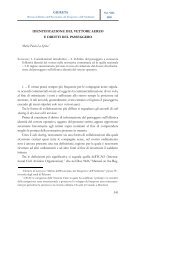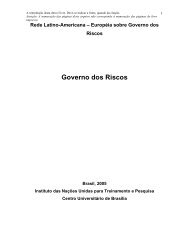YEARS OF EUROPEAN ONLINE ANNÉES DE EN LIGNE ...
YEARS OF EUROPEAN ONLINE ANNÉES DE EN LIGNE ...
YEARS OF EUROPEAN ONLINE ANNÉES DE EN LIGNE ...
You also want an ePaper? Increase the reach of your titles
YUMPU automatically turns print PDFs into web optimized ePapers that Google loves.
WORKSHOP<br />
3. SCOPE<br />
the expected result from the initial mission of the working group was an<br />
XmL vocabulary for the description of the structure of legal acts in the different<br />
countries. One of the ideas behind this objective was the idea to avoid the<br />
development of different XmL grammars in the various countries.<br />
the starting point of the discussion was a comparison of the markup in<br />
three different acts: from the European Union, from Italy and from Denmark.<br />
A irst glance at legal acts in different countries proves that there are obvious<br />
similarities, but also important differences. the comparison of the document<br />
structure at the highest level makes this situation evident. the following synopsis<br />
shows the markup chosen in Danish, Italian and European laws.<br />
DK IT EU<br />
Dokument LinguaDoc<br />
meta+ titelGruppe<br />
DokumentIndhold<br />
UnderskriftGruppe<br />
Bilag+<br />
DecretoLegislativo<br />
meta intestazione<br />
formulainiziale<br />
articolato formulainale<br />
conclusione annessi?<br />
ACt BIB.INStANCE<br />
tItLE PREAmBLE<br />
<strong>EN</strong>ACtING.tERmS<br />
fINAL<br />
the differences mainly mean that corresponding elements are absent in<br />
other bodies of legislation. the number of these differences is even bigger when<br />
details are taken into account. the following example illustrates this situation:<br />
It articolo = EU article<br />
≠ DA artikel<br />
On the other hand it is also clear that up to a certain extent, but only theoretically,<br />
markup systems can be exchanged between countries if the chosen<br />
names have a meaning in the other country.<br />
Examining the different approaches, it becomes obvious that the markup<br />
on the contents level is done on two levels — a semantic markup for the main<br />
structural document components and a more generic markup of elements on a<br />
deeper level. A common approach, however, could still be realised by using<br />
the following approach.<br />
first of all, for the naming of elements, semantic names have to be dropped<br />
and replaced by a system of recursive containers. Semantic information could be<br />
maintained on the attribute level. the advantage is that all validation rules are<br />
independent of a given language, so the control mechanisms could be reused in<br />
all countries. National speciic names could be integrated by means of predeined<br />
grammar fragments, which are included when the DtD or schema is used.<br />
84 | 85<br />
01_2007_5222_txt_ML.indd 85 6-12-2007 15:13:48



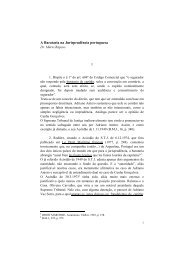
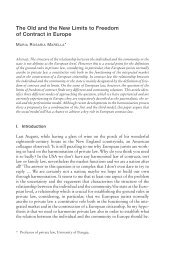

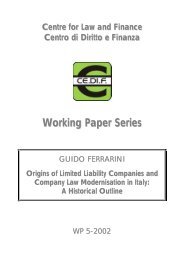
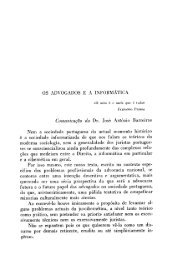
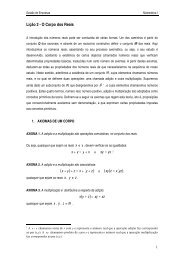
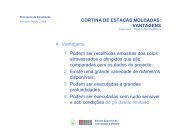
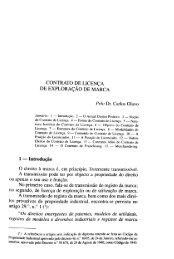
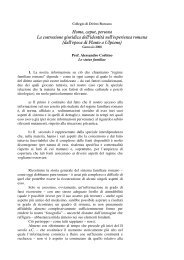
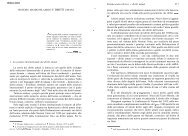
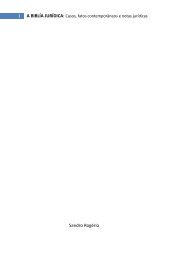
![Luigi Sapio Nozione di islām La parola “islām” [ ] è il mas.dar1 ...](https://img.yumpu.com/15836073/1/185x260/luigi-sapio-nozione-di-islam-la-parola-islam-e-il-masdar1-.jpg?quality=85)
